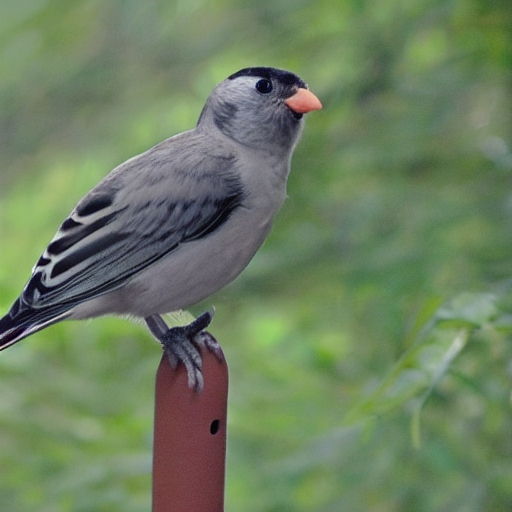A novel markerless technique has made it feasible to follow each individual bird’s gaze, small-scale behaviors, and movement patterns as it interacts with its surroundings. A dataset was created to advance behavioral study by a research team from the Cluster of Excellence Centre for the Advanced Study of Collective Behavior (CASCB) at the University of Konstanz.
Animal collective behavior remains a mystery to researchers, but current developments in machine learning and computer vision are revolutionizing the ways in which this research can be conducted. New methods can be used to understand complex behaviors such as social learning and group vigilance.
Using only video recordings, a multidisciplinary research team from the Max Planck Institute of Animal Behavior and the Cluster of Excellence Centre for the Advanced Study of Collective Behavior (CASCB) at the University of Konstanz has now successfully developed a novel markerless method to track bird postures in 3D.
Transmitters for the animals’ positions or movements are no longer required. By using a technique known as 3D-POP (3D posture of pigeons), it is feasible to capture a flock of pigeons and identify each individual bird’s gaze, small-scale behaviors, and movement patterns in relation to other birds. Even in the wild, researchers can use the dataset to investigate the behavior of birds in groups by employing just two video cameras, according to CASCB Ph.D. student Alex Chan.
The dataset was made public at the Conference on Computer Vision and Pattern Recognition (CVPR) in June 2023 and is freely accessible online for other researchers to utilise. Two potential application areas are identified by researchers Hemal Naik and Alex Chan: The dataset is directly applicable to researchers that study pigeons. Multiple freely flying pigeons’ behaviour can be observed using at least two cameras. To quickly understand the behavior of other species, researchers can utilize the annotation process with other birds or perhaps other animals.





